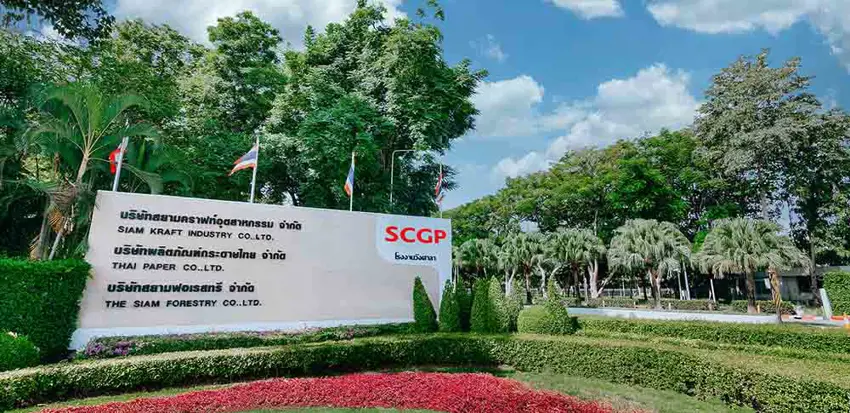Solving shadow marking issue and reaching sustainability targets at SCGP Siam Kraft
Nov 23, 2021
As is typical of mills producing printed grades, such as coated duplex containerboard, Siam Kraft has been suffering from shadow marking in their PM9 press section. This was also preventing the mill from achieving their sustainability goals due to the excessive consumption of working fibers, chemicals, other raw materials and energy. Consequently, this resulted in higher operating costs and shorter roll change and maintenance intervals.

The marks on the paper can be either a physical impression or a flow pattern, which can appear as a shadow or groove mark”
Summary
| Location | SCGP’s Siam Kraft board mill in Kanchanaburi Province, Thailand |
| Customer challenge(s) | The mill wanted to solve shadow marking issue, increase roll maintenance intervals and meet their goals for sustainability, cost-effectiveness and the circular economy. |
| Solution |
Valmet’s Laem Chabang Service team planned and executed a three-step plan:Step 1 A water balance study was performed and it revealed that the press section water removal was adequately managed by nip and uhle box dewatering. The source of the shadow marking was identified as the suction press center roll. Step 2 Based on Valmet Wet Pressing solutions, the roll cover of the suction press roll was redesign with Valmet Press Roll Cover PK for lower nip pressure and optimized nip uniformity. Step 3 The vacuum system study was carried out and result indicated that the existing system had sufficient capacity to handle the process in a broad range. |
| Results |
|
The total fiber consumption has decreased, while quality and maintenance reliability have improved